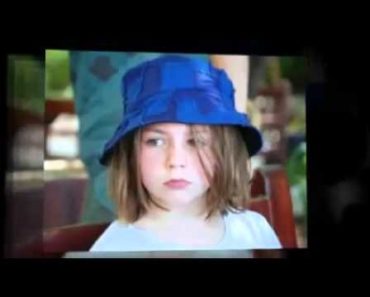Poetry allows people to express their feelings and thoughts about various things around them. Thus, teaching children to write poems is a great way to let them express themselves.
You can teach several forms of poetry to children. But one of the most simple and uncomplicated forms of poetry you could introduce to children is haiku, a poem with three lines and 17 syllables.
Read on as we tell you more about haiku and its origin. We also give you some valuable tips to help your child write haiku poems and list a few sample haiku poems for children to take inspiration from.
What Is Haiku?
Haiku, pronounced hihy-koo, is a form of poetry that originated in Japan. It is derived from the Japanese word “hokku,” meaning “starting verse” and traces its origins to the 1600s. However, it spread to the west only in the 1800s and gained popularity in the 1900s.
Haikus are simple and concise poems that consist of only three unrhymed lines. Each poem typically consists of 17 syllables—five in the first line, seven in the second, and five in the third.
Traditionally, haikus were restricted to descriptions of nature and life. But in the modern form, they encompass anything that catches one’s fancy. Moreover, because of its short form, the haiku style of poetry writing is ideal for children of all ages.
Tips For Writing Haiku Poems
Children are imaginative and come up with lovely ideas every day. So what could be better than encouraging them to express themselves via haiku poems? Here’s how you can let them get started.
- First, children should have a fair understanding of what haiku is, understand its purpose, and know what to write.
- For a better understanding, show them a few examples of haikus.
- Encourage children to think about a topic that is close to their hearts.
- Ask them to list out the words that describe their chosen topic or subject.
- For beginners, lay emphasis on the 5-7-5 rule while writing.
- While penning down the lines, ask them to describe their ideas in vivid and few words.
- Rather than constructing a complete sentence, the essence of haiku is in capturing the emotion or experience of the subject. a
How To Write A Haiku
Simple topics and words add to the charm of the haiku.
All your children need to start writing a haiku is a piece of paper, pencil, color sketches (if you wish to illustrate), and most importantly, their imagination.
- Let them choose any topic—nature, seasons, friends, playtime, animals, flowers, etc.
- The beauty of haiku lies in capturing the essence of the whole topic within three lines.
- It usually has a describing word in between.
- The most tricky and engaging part is ensuring the poem has the required number of syllables and conveying what you want to say precisely.
Examples Of Haiku Poems For Kids
Have a look at these poems under various categories that will give you a better understanding of haiku.
Nature
1. A morning
Bees nudged the flowers
Babies peeped out of the nest
One fine crisp morning.
—Arun Bahadur Gurung
2. Heaven’s photoshoot
When I see lightning,
I like to think that the sky
captures earth’s beauty
—Imteyaz
3. Wilderness
Nature is beauty
Wildlife is nature’s beauty
Fields are nature’s smiles.
Animals and birds
4. German shepherds
Beyond fence lurking,
Frightening bark from within,
Jump I, from my skin!
5. Blackbird
Beautiful blackbird
Chirruping the sweetest songs
Morning has broken
6. Leaving home
Parents nurture young
Finally, freedom to fly
Fledglings spread their wings
7. Lonely mouse
I have seen a mouse
All alone one scary night
It was very sad.
Family
8. Family love is
Like the sun rises
Each morning and sets each night,
Family love is.
—Michele Meleen
9. Fishing with grandpa
I feel it tugging
Hanging on – It must be huge!
Bluegill, smiles, grandpa
—Shawn Sackman
10. Family love, nature’s harmony
A family love
makes the world sing out with joy.
Nature’s harmony.
—Michele Meleen
11. Love of Family
Ecosystems thrive
working together just like
love of family.
—Michele Meleen
Seasons
12. Winter
Snow is falling now
I am snug in my warm bed
Snow days are the best.
13. Rainy days
Rain means gloomy days
But sometimes for flowers to
Grow they need tough love.
14. Spring’s arrival
Trees wear floral wreaths
and birds sing the welcoming
melody of spring.
—Imteyaz
15. Autumn’s masterpiece
Have you seen that red,
golden leaves paint the ground
like a sunset sky.
—Imteyaz
Festivals
16. Christmas
Santa is coming
He rewards good behavior
No presents for me.
17. Easter
Bunnies can’t lay eggs
But they fill Easter baskets
Just leave them carrots.
18. Joy of spring
Spring is in the air
Flowers are blooming sky high
Children are laughing.
—Kaitlyn Guenther
19. Halloween
Goblins, witches, ghosts
Loud banging on my front door
I hide the chocolate.
Writing poems is a wonderful way for children to express themselves, and haiku is a fun and great medium for children to describe many things around them in a simple manner.
Encourage your children to come up with simple, witty, and even silly haikus whenever they can. This, in turn, may inspire them to learn more about their surroundings.


































